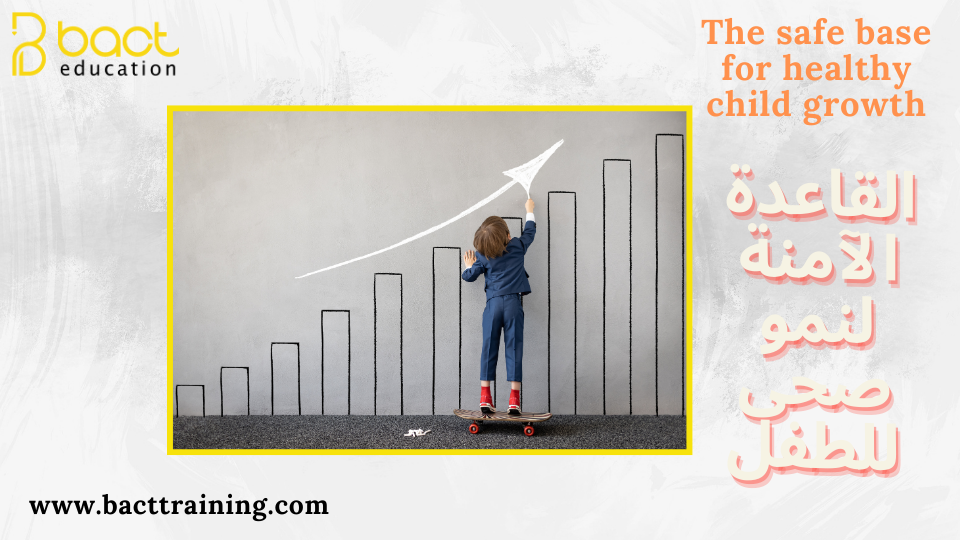The safe base for healthy child growth.
Attachment is a strong emotional bond between two people. This emotional Bonding in childhood is embodied in attachment to one parent, and children are usually 90% attached to their mothers, as the first communication message a child receives when they come into the world is that the mother’s embrace is safe and that they can trust her.
As children grow older, they begin to form bonds with other people, such as grandparents or other caregivers.
- How does attachment affect us?
Attachment can affect the way the brain develops. Humans develop to have an attachment to a caregiver regardless of how good or bad the care they receive. However, when a child experiences trauma or abuse, it can affect their safety and healthy development. Therefore, we find that a child who suffers from insecure attachment to others is more likely to develop mental health problems later in life than a child who experiences a state of security in attachment to others.
A child with a secure attachment style is often more comfortable with his friends than a child with an insecure attachment style, and children with an insecure attachment style can struggle with their behavior and emotions. Teens with a secure attachment style do not have emotional problems, unlike those with an insecure attachment style, and this condition often continues into adulthood..
- What is a secure base?
Parents or caregivers provide a child with a “secure base” that the child can turn to in times of distress for comfort or protection.
Children’s sense of security makes it easier for them to explore the world around them with confidence. Their secure base is there to dry their tears, hug them or catch them if they fall.
It is important for a child to use their secure base in times of distress and enjoyment alike. For example, in the playground, a child can be assured that their parent or caregiver is still there and continue to play, confident that they are safe.
- So when a secure base is strong, a child often develops a secure attachment to a caregiver. Decades of scientific research and studies have shown that children with secure attachments are more successful. They excel in many areas, including:
– Problem solving
– Emotional intelligence
– School readiness is revealed by a child’s executive functions (cognitive skills used to evaluate and control thoughts and actions) as well as their behaviors related to showing empathy, caring, helping, sharing, and cooperating with others.
– Making better-quality friendships.
When children develop a secure attachment, it can help set the stage for a child’s physical development, learning, social relationships (such as empathy), well-being, and even their brain’s responses to stress.
Being able to provide a secure and solid foundation in a big and often scary world can help children grow into happy, healthy individuals.
- Some appropriate practices that help build a secure bond with the child:
1- Breastfeeding is an opportunity for physical, linguistic and visual communication with the child and makes him feel safe, as breastfeeding is a source of security.
2- The mother’s feelings are in harmony with the child’s feelings, as she shows him happiness when he is happy or playing happily, and responds to him with a smile or singing, and when he cries, she calms him down or hugs him.
3- Exchange glances with the child while talking to him, or while breastfeeding him, to make him feel safe and cared for.
4- Talk to the child from birth in a cheerful and calm voice, especially during his daily “routine”. ” (Changing clothes – breastfeeding – bathing..)
5- Providing as much time as possible and investing all available opportunities to interact and communicate with the child to create a strong and secure relationship (carrying him, hugging him, singing to him, etc.)
6- Surrounding the child with a friendly family atmosphere, as security, tranquility and mercy help him feel safe.
It also provides opportunities to develop his emotions and feelings in healthy ways.
A secure attachment is one of the closest human relationships that bring together two people, and requires a solid foundation built on pillars and conditions that help the secure attachment develop from a set of feelings to positive social behaviors.

